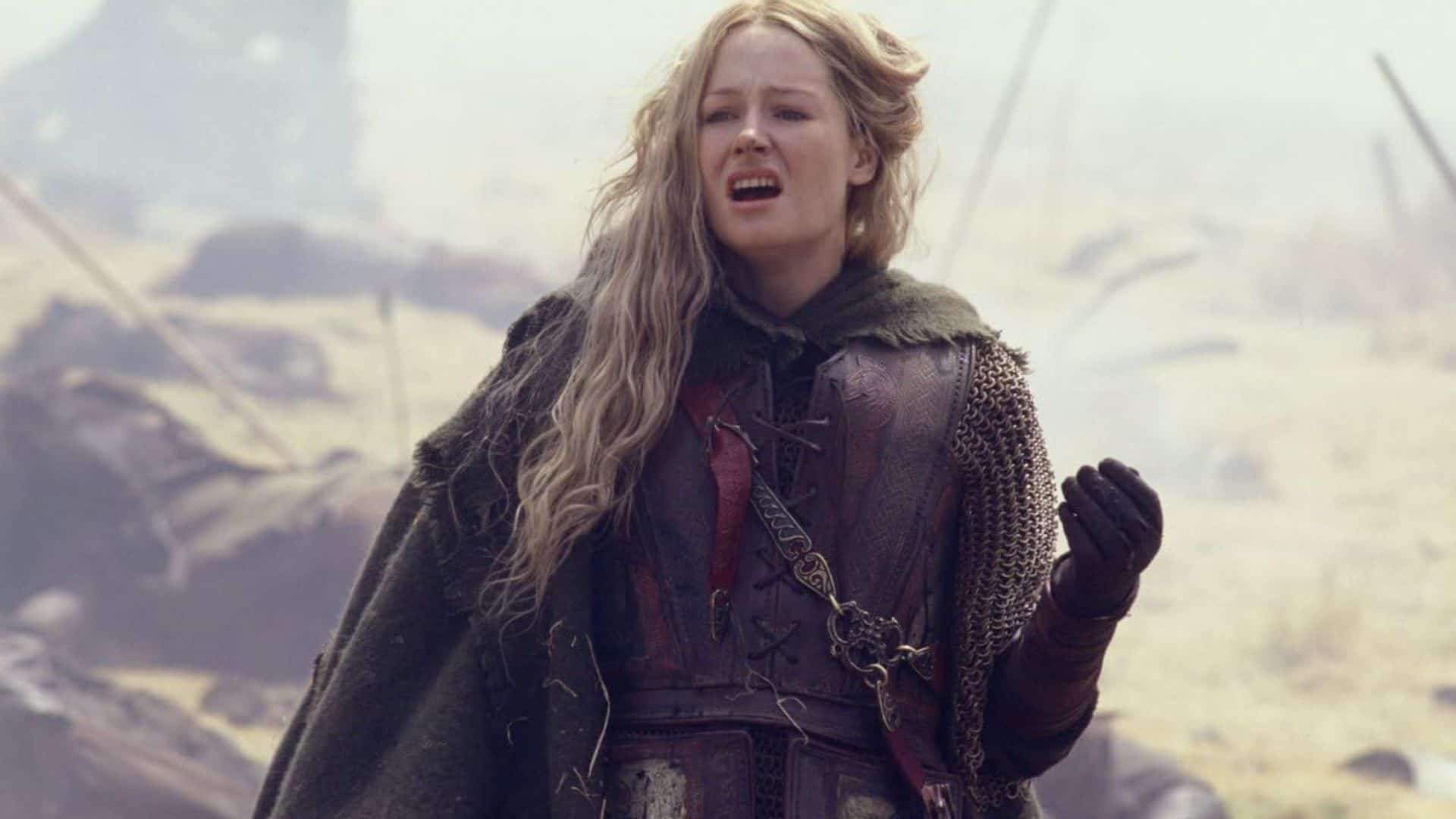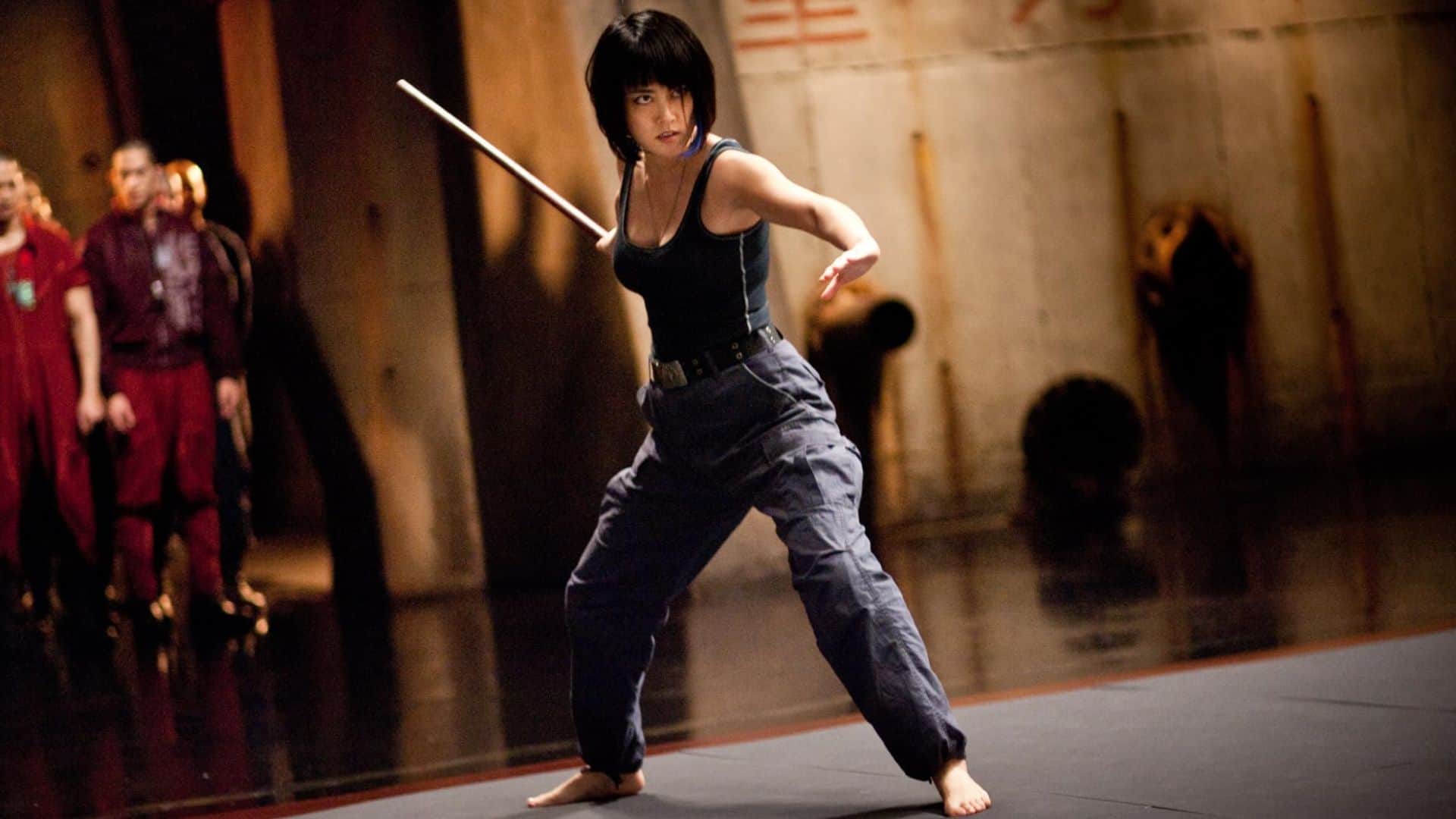
When it comes to representation in film and other fictional mediums, Hollywood historically hasn’t been a shining beacon for diversity. Tokenism, yes; diversity, no. At first glance it may appear that women have had their fair share of representation, but that representation hasn’t always been meaningful. We still see so many movies where women exist in the film according to a sexist stereotype, a tired trope, or an outdated narrative.
Feminist media analysis has helped highlight the need for more inclusive portrayals of women onscreen, one version of which is the Bechdel-Wallace Test (aka the Bechdel Test).
What Is the Bechdel-Wallace Test?

The Bechdel-Wallace Test is best known in the film theory world as a test that measures unintentional bias and representational imbalance in fictional narratives. It’s an idea popularized by academia and analysis, but it first appeared in a 1985 “Dykes to Watch Out For” comic strip by Alison Bechdel.
Much to Bechdel’s surprise, the comic’s commentary re-emerged in the Internet Era, and the listed criteria became a somewhat official measure of female representation in media and a cornerstone of feminist film theory.
The Bechdel-Wallace Test Criteria
To pass the Bechdel Test, a movie must feature two named female characters who have a conversation about something other than a man. That’s it. That’s the criteria. We’re really not asking for much here.
It seems like an easy list of criteria to meet, but it may surprise you to see which films passed and failed the Bechdel Test.
Movies That Passed the Bechdel Test

In the “passing” category, some entirely unsurprising films include:
- “Alien” (1979): Stream on Hulu
- “Booksmart” (2019): Rent or buy on Apple TV Plus
- “The Color Purple” (1985 and 2023): Stream on Max
- “Hidden Figures” (2016): Stream on Disney Plus
- “The Joy Luck Club” (1993): Rent or Buy on Apple TV Plus
- “Kill Bill: Volume 1” (2003) and “Kill Bill: Volume 2” (2004): Rent or buy on Amazon Prime Video
- “Little Women” (1994 and 2019): Stream on Hulu
- “Nine to Five” (1980): Stream on YouTube
- “Practical Magic” (1998): Rent or buy on Amazon Prime Video
- “Thelma and Louise” (1991): Stream on Philo
I say these are unsurprising because they are, without a doubt, considered feminist films. Not only do they pass all three Bechdel-Wallace Test criteria, but the plots themselves showcase strong themes of female agency and identity.
Passing the Bechdel-Wallace Test isn’t remotely difficult, even though tons of films don’t. A passing grade on the Bechdel-Wallace Test, however, does not guarantee a feminist storyline. There are plenty of definitely-not-feminist films that pass the test, including:
- “American Pie 2” (2001): Rent or buy on Apple TV Plus
- “Anchorman: The Legend of Ron Burgundy” (2004): Stream on Netflix
- “Goodfellas” (1990): Stream on Tubi
- “How to Lose a Guy in 10 Days” (2003): Stream on Paramount Plus
- “No Country for Old Men” (2007): Stream on Hulu
- “Weird Science” (1985): Stream on Hulu
These films highlight some of the flaws of the Bechdel-Wallace Test. The only reason some of them pass is due to scenarios that perpetuate sexist stereotypes, such as Amber (Lisa Arturo) and Natalie (Joelle Carter) having a brief conversation about clothes in “American Pie 2”. The characters otherwise may be subjected to portrayals that are derogatory or questionable at best, which defeats the purpose of female representation entirely.
It’s also difficult to define what qualifies as women talking to each other. Sure, a throwaway comment could technically count, but it feels like the interaction is just that: a throwaway. Two women having a one-line interaction about nothing important to the storyline truly is the bare minimum. But I’ll be honest with you: I’d take a feminist film that doesn’t pass the Bechdel-Wallace Test over a two-dimensional “strong female lead” (cue eye roll) any day.
Movies That Failed the Bechdel-Wallace Test

It’s sometimes surprising how spectacularly a film (or even a franchise) can fail the Bechdel-Wallace Test. Take the entire Lord of the Rings trilogy. In all 11 hours and 36 minutes of content (including extended cuts), the amount of times two female characters interact with each other takes up less than 30 seconds of screen time — and they’re not even named.
There are test failures that are surprising for their sheer commitment to androcentrism, and then there are the unexpected failures you may not have seen coming. Some films that should, in theory, pass the test include:
- “Arrival” (2016): Stream on Paramount Plus
- “Bad Times at the El Royale” (2018): Stream on Amazon Prime Video
- “Breakfast at Tiffany’s” (1961): Stream on Hulu
- “Fargo” (1996): Stream on Hulu
- “The Girl With the Dragon Tattoo” (2011): Stream on Hulu
- “Jackie Brown” (1997): Rent or buy on Amazon Prime Video
- “La La Land” (2016): Stream on Netflix
- “Lara Croft: Tomb Raider” (2001): Stream on Paramount Plus
- “A Star Is Born” (2018): Rent or buy on Apple TV Plus
- “Waiting to Exhale” (1995): Stream on Tubi
The bar for passing is outrageously low, but there are still a large number of feminist or female-centric films that don’t hit the marks. Even Bechdel herself, however, insists that audiences shouldn’t be so rigid. Even though each of the above films receives a failing grade on the Bechdel-Wallace Test, they still highlight female characters in an empowering light or directly challenge misogyny.
It may be flawed and anything but definitive, but the Bechdel-Wallace Test acts as more of a litmus test or thought experiment for gender representation in fictional narratives than the end all, be all. And that’s OK, especially considering the test originated as what Bechdel calls “a little lesbian joke in an alternative feminist newspaper.”
Continuing the Conversation of Inclusivity

Inclusivity and representation in film is a crucial conversation to have if we want to see more of it in the future, and by keeping litmus tests like the Bechdel-Wallace Test in mind, we can better analyze those narratives.
Additional Tests That Measure Gender Inclusivity in Film
- The Sexy Lamp Test: Established by Kelly Sue DeConnick, the Sexy Lamp Test measures female representation and relevance. Can the character be replaced by a sexy lamp (e.g. the lamp from “A Christmas Story”) without disrupting the storyline?
- The Peirce Test: Kimberly Peirce devised a test that can be passed if there’s a female protagonist or antagonist who: 1) has her own story, 2) pursues her desires and needs through dramatic action, and 3) the audience can understand or empathize with.
- The Landau Test: A film can pass this test, created by Noga Landau, if the primary female character makes it through the story without dying, getting pregnant, or causing a plot issue for a male protagonist.
- The Mako Mori Test: Named after Rinko Kikuchi’s character in “Pacific Rim,” a movie passes the Mako Mori Test if it includes one or more female characters who have their own story arcs that exist outside of supporting a male character’s arc.
- The Vito Russo Test: If at least one integral character is identifiably part of the LGBTQIA+ community but is not solely defined by their sexuality or gender identity, a film can pass this test developed by GLAAD.
- The Villarreal Test: Lindsey Villarreal’s test is failed if a female lead is introduced in her first scene as one of three common stereotypes (sexualized, hardened/soulless, or a tired matriarch), but can redeem itself if she is later portrayed as three or more of the following: a mother, someone who makes reckless decisions, someone in a position of authority or power, or someone who chooses or owns her sexual identity.
Additional Tests That Measure Race and Gender Inclusivity in Film
- The Waithe Test: A movie passes Lena Waithe’s test if there’s a Black woman in the film who is in a position of power and in a healthy relationship.
- The Ko Test: Developed by Naomi Ko, a movie passes the Ko Test if there’s a non-white, female-identifying person who speaks in five or more scenes and speaks English.
- The Villalobos Test: If a film features a professional or college-educated Latina lead who speaks in unaccented English and is not sexualized, it passes Ligiah Villalobos’ test.
To measure inclusion and representation, more than one test is needed. Plenty of movies pass the Bechdel-Wallace Test but fail the Sexy Lamp Test miserably. Plenty of movies fail the Bechdel-Wallace Test but pass the Mako Mori Test. It’s not a perfect science, but it’s more than enough to get the conversation moving — something that stays true to Bechdel’s comic strip commentary so many years ago.
